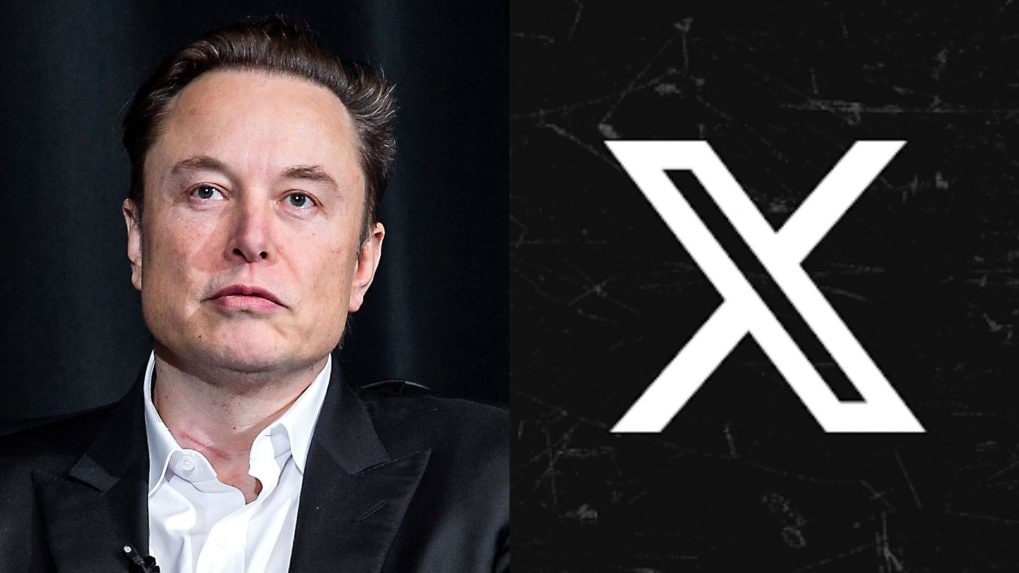Brand Makers
Dil Ka Jod Hai, Tootega Nahin

Elon Musk has announced that the platform will soon begin charging advertisers based on the vertical size of their ad creatives, a change designed to curb disruptive, oversized ads and refocus attention on cleaner, user-first content.
? is moving to charging for ads based on vertical size, so an ad that takes up the whole screen would cost more than an ad that takes up 1/4 of the screen, otherwise the incentive is to create giant ads that impair the user experience
— Elon Musk (@elonmusk) June 27, 2025
Musk stated, "? is moving to charging for ads based on vertical size, so an ad that takes up the whole screen would cost more than an ad that takes up 1/4 of the screen, otherwise the incentive is to create giant ads that impair the user experience."
The new model directly addresses mounting user frustration with screen-dominating ad formats, such as full-height video ads and wide image carousels, which many have criticized for overwhelming timelines and breaking flow.
By tying ad pricing to screen real estate, X is nudging brands toward more thoughtful, less intrusive ad design. Larger, full-screen ads will come at a higher cost, while smaller formats will offer a more budget-friendly alternative—pushing for a balance between visibility and user comfort. While Musk did not reveal specific pricing tiers, the framework mirrors similar ad models on platforms like YouTube and TikTok, where ad intrusiveness is a key pricing lever.
Musk also announced a ban on hashtags in ads, including branded “Hashmojis,” signaling a broader cleanup of ad clutter and noise.
Read More: Nikita Bier joins X as Head of Product
From Delhi’s sharp-tongued lyricists to Chennai’s bilingual innovators and North-East India’s experimental beatmakers, Rap 91 LIVE’s lineup was a sonic map of the country’s cultural diversity.
Read MorePiyush Pandey was a force of nature - brute force for his opponents and a natural creative at heart.